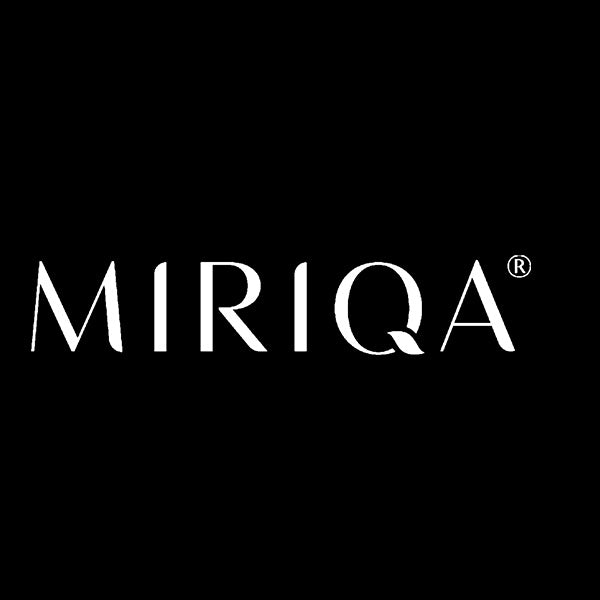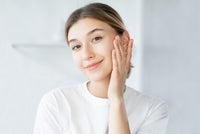Can hair dye make your hair fall out and how to prevent it

Do you visit your hair salon regularly to get a fresh colour on your hair? It’s not uncommon because hair colouring is popular for many reasons.
First, it is a great solution for those who are looking to cover their grey hair so that they look more youthful.
It’s also an easy way to get out of the boring hair rut. After getting bored of the same hairstyle day in and day out, going for a new hair colour is an effortless way to jazz up your look.
Finally, who can resist those beautiful hair colour designs you see online? From balayage to rainbow-hair, these hair colours look so gorgeous on your Instagram feed featuring models and influencers and we know it’s tempting to want the same look.
While these all sound good, we’ve also heard from our hairstylists or anecdotes from friends about how hair colouring can lead to hair loss. Is this really true?
Does hair dye lead to hair fall?

Before we look into whether hair dye can cause hair loss, let’s first understand the life cycle of your hair to see when it grows and falls.
Normally, your hair goes through three phases:
- Anagen: This is also known as the “growth phase” when up to 90 per cent of your hair is growing actively.
- Catagen: Also called the “transitional phase”, this is the stage when hair growth slows down and lasts for two to three weeks.
- Telogen: Known as the “resting phase”, this is when hair follicles are completely at rest and hair falls at this stage. This lasts for around three months and affects five to 10 per cent of your hair at any given time.
Most people who experience hair loss see a shorter anagen and/or a longer telogen for multiple reasons. These could be due to genetic reasons or hormonal factors such as in the case of postpartum hair loss.
The good news is that hair dye is unable to disrupt your hair growth phases. Before you get excited, read on.
While hair dye cannot stop or slow down the anagen stage or prolong the telogen stage, it still causes some form of damage that leads to hair shedding.
First, the hair colouring process, whether you are doing it in a salon or at home, involves lots of combing and rubbing of the dye into the hair.
This process can physically tug at your hair, loosening it from its follicles.
This is similar to how people who often put their hair into tight ponytails or comb excessively can see hair thinning over time.
Apart from that, some of the common ingredients in hair dye products – both salon-grade ones and box dyes – are chemicals that weaken hair shafts. These ingredients include ammonia and hydrogen peroxide, which are bleaching agents.
Hydrogen peroxide is commonly found in products that you use when you bleach your hair, a process that is essential when you’re doing very light colours that can’t show up easily on dark hair colours.
These chemicals strip your hair of its natural protein in order to remove pigment from your natural hair colour, which in turn damages your hair shafts. This is why those who subject their hair to bleaching regularly will find that their hair breaks more easily and may even loosen from the follicles when hair is in the telogen stage.
How to reduce damage to hair caused by hair dye
Opt for natural hair dye

Henna hair dye is gaining popularity because it’s deemed as a more natural form of hair dye without the common chemicals mentioned above. Resourceful netizens have also been advocating DIY hair dye that colours the hair using natural stains from plants such as beetroot.
While these are great options, note that natural hair dye are limited in terms of colour range and are typically less long-lasting than chemical hair dyes.
They also tend to be more tedious to apply compared to conventional ones.
Limit your treatments
Give your hair a rest every time you go for a chemical process. Spacing six weeks to two months between sessions is a good way to start limiting the frequency of treatments.
While this doesn’t eliminate the problem entirely, it allows your hair the chance to strengthen itself before the next round of damage.
Schedule hair treatments
For every hair dyeing session you’ve gone for, schedule a few hair treatments. This can help reduce damage and build up the strength of your hair shaft to prevent breakage.
Start taking a hair supplement

Just like how you’d take a skincare supplement to protect your skin from environmental aggressors, taking hair growth supplements can help strengthen your hair from the inside out.
A good hair supplement can reduce the incidences of breakage and in some cases, also helps reduce hair fall and increases hair growth.
Let MIRIQA® Hair improve the health of your dyed hair

MIRIQA® Hair and the clinic-exclusive MIRIQA® Hair Extra Strength are trusted hair growth supplements that have a great track record and are trusted by the media, celebrities, and thousands of users who have tried them.
MIRIQA®’s hair growth supplements have received high-profile awards from the media and are backed by a parent company that has been in the pharmaceutical industry for almost 50 years.
Using only scientifically proven botanical ingredients, MIRIQA® hair supplements are able to deliver hair-growth benefits.
Ingredients found in MIRIQA® hair supplements include the following:
Saw Palmetto Berries
These fruits have a reputation for inhibiting Type 2, 5-alpha-reductase, an enzyme that is responsible for converting testosterone to DHT. For the uninitiated, DHT is one of the key culprits for hair loss as it is a hormone that destroys hair follicles.
For people who can’t consume 5-alpha-reductase inhibitors, including women, this ingredient is certainly an ideal alternative that does the same job with no side effects.
Keratin Forte
The building blocks that make up our hair is called keratin, and its presence is what makes our hair stronger.
Keratin Forte is a form of edible keratin that replenishes keratin in the body.
By replenishing keratin, this ingredient strengthens hair and protects hair cells from damage. At the same time, it helps reduce hair loss and can even improve hair shine.
Curcumin Bio-Max
A super antioxidant, this works alongside Saw Palmetto Berries to inhibit DHT formation, while strengthening hair follicles. This ingredient is currently only found in the clinic-exclusive MIRIQA® Hair Extra Strength.
KSM-66 Winter Cherry
Stress is also a known cause of hair loss and this ingredient steps in to mitigate this. It has the ability to reduce cortisol levels – a hormone that occurs when we are faced with stress – so that you can reduce the chance of stress-inducing hair loss.
This ingredient is also only found in MIRIQA® Hair Extra Strength currently.
Tocotrienol
You already know that vitamin E is a good source of antioxidants that can defend the body from free radicals. Tocotrienol is a top tier vitamin E that can do so effectively.
This ingredient has been tested and proven to reduce hair fall and improve hair growth.
Tripeptide Collagen
To help care for scalp’s health, MIRIQA® hair growth supplements include Tripeptide Collagen, which replenishes collagen loss to the scalp due to ageing. This in turn improves the health of the scalp, which will lead to better hair growth and more active hair follicles.
Biotin
This ingredient is often associated with beautiful hair, skin, and nails, and is found in both MIRIQA® Hair and MIRIQA® Hair Extra Strength.
If you’re looking for something that offers biotin for hair growth, MIRIQA®’s supplements can be of help.
A final word on whether hair dye cause hair fall
In conclusion, there is indeed a relationship between hair dye and hair fall and those who are concerned about hair loss should abstain from hair dyeing as much as possible.
Besides the prevention tips that we mentioned, you can consider introducing a hair supplement into your routine to strengthen your hair.
MIRIQA® Hair and MIRIQA® Hair Extra Strength are drug-free and are generally safe for anyone above 18 years old to consume. Nonetheless, consult your doctor before consuming any supplements to avoid any conditions or allergies you may be unaware of.





